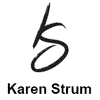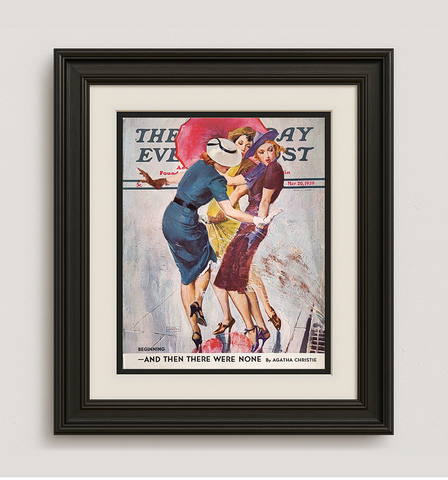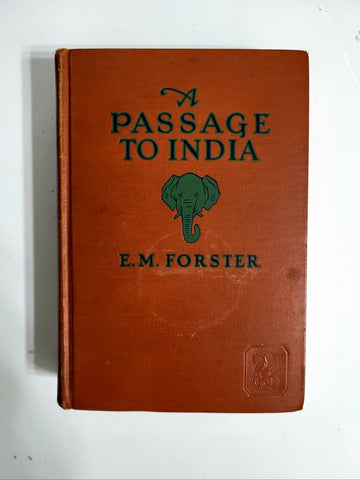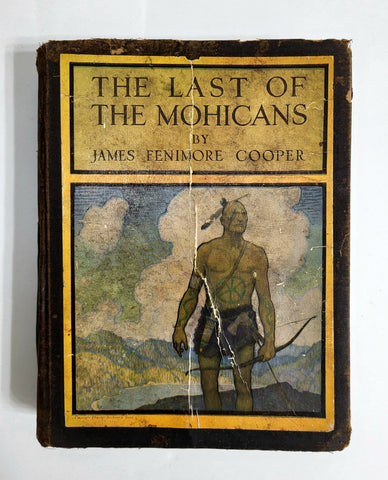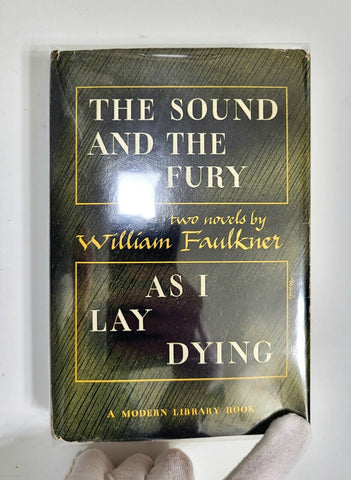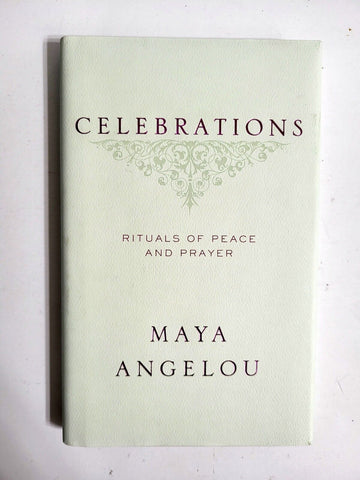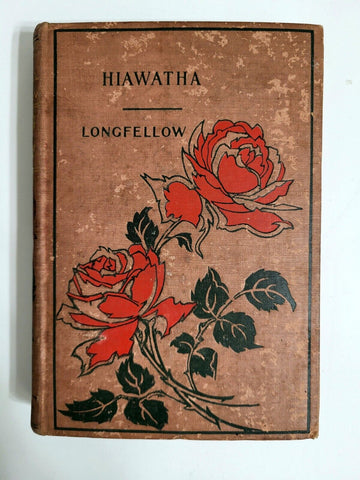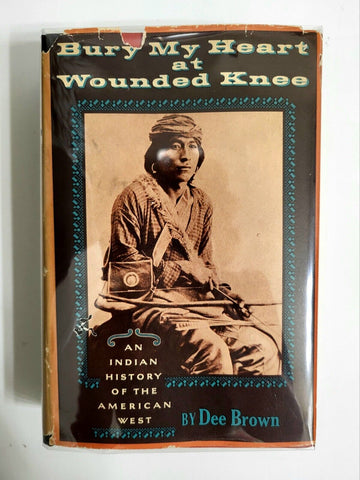How do stereotypes shape what we accept as truth, and what injustice arises when we let labels speak louder than people?
Even when a stereotype contains a grain of truth, applying it can distort memory, twist the interpretation of ambiguous evidence, and create testimonial injustice—where someone is unfairly given less credibility simply because of a label.
I’ve lived with stereotypes my whole life. I was dismissed as a “dumb blonde,” mocked for my thick glasses (“bottle caps”), and treated differently just for being left-handed. My grandmother even had her hand broken by a nun in the orphanage for writing with her left—a brutal reminder that being “different” has long carried punishment. And now, of course, having the name Karen brings a whole new set of assumptions in today’s world.
That’s why this collection of books and art matters to me. These are works that confront the harm of stereotypes—racism, classism, and the many ways we judge people based on appearance or outdated beliefs. They’ve been banned not because they’re dangerous, but because they ask us to question what society tells us to accept. These voices deserve to be heard, and these stories remind us that challenging stereotypes is part of finding truth.
